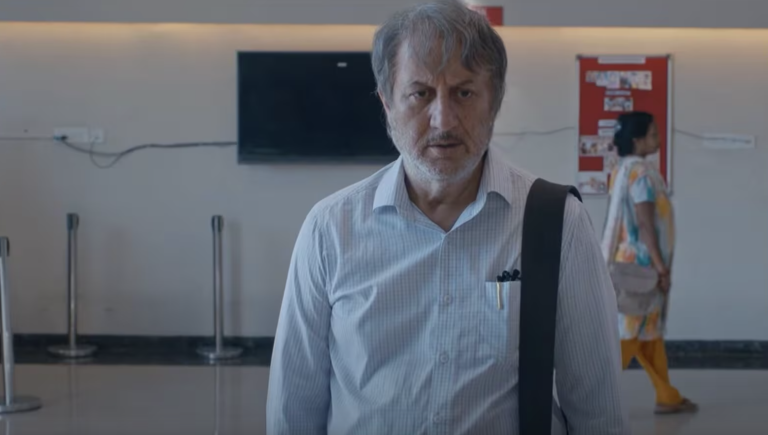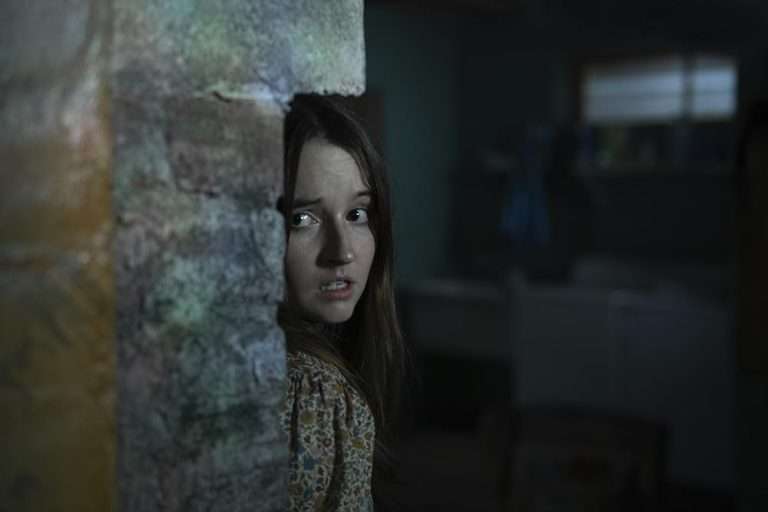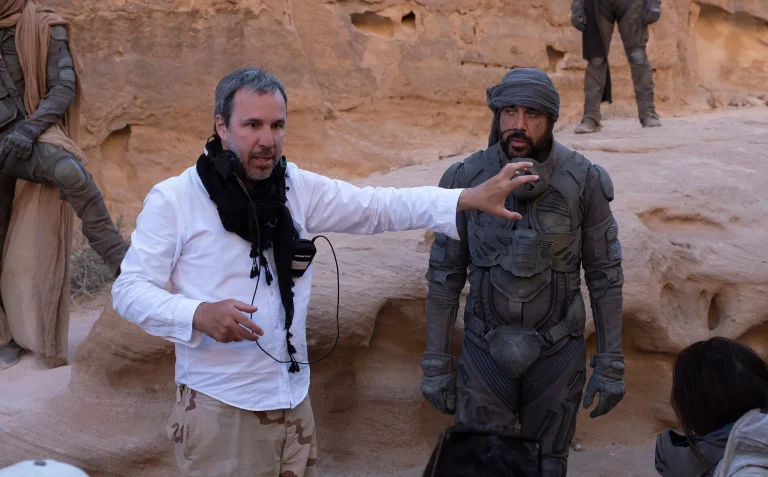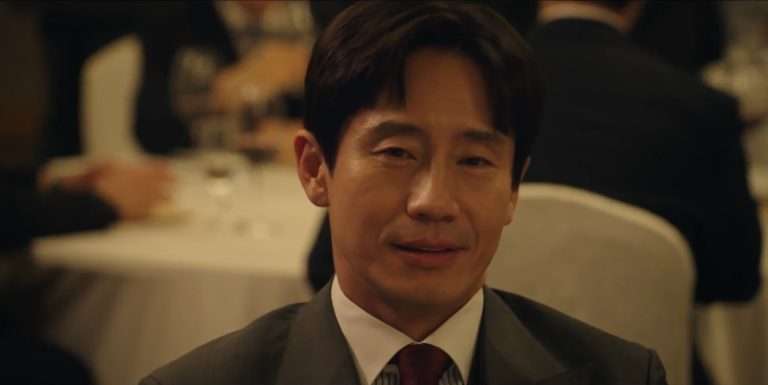Nightmare City (1980) Movie Review: There’s a simplicity at the heart of Umberto Lenzi’s Nightmare City that’s very endearing. After flying too close to a radioactive site, the crew of a military airplane transforms into horrible monsters, wreaking havoc as soon as they step out on the tarmac. Part zombies, part vampires, the creatures are not mindless: they can use tools and guns, capable of organization and cruelty, playing with their victims before killing them.
As soon as the monsters appear, the movie never stops, clinging to the barest of plots to keep going, chasing the protagonist, journalist Dean Miller (Hugo Stiglitz), through the city, trying to survive alongside his wife. Between scenes of wanton carnage and gore, there’s the occasional military plot, too, with officers and scientists trying to find out what is happening and how to stop it.
It is, very obviously, a movie made cheaply. The make-up is horrendous, and the acting is shallow, and Lenzi, from Cannibal Ferox fame, tries to win the audience by shocking them with violence and nudity, of which there is plenty. But, be it by accident or not, there’s a thematic coherence to it all that works wonders if those who watch it are able to meet the movie halfway. The relentless, cheap violence that fills most of the movie’s runtime has a point, especially when one discovers that the director was an anarchist.
Nightmare City has a repetitive structure and changes very little from beginning to end. Things appear to be safe and secure. Then the ghouls appear; they kill most extras, maybe one or two named characters, someone escapes somewhere that seems safe, and so forth. But every one of these moments shows the failures of the mechanisms that should make society work: the media, military, and religion, among many others.
Soon after the first attack, Miller rushes to the TV studio where he works and immediately tries to launch a broadcast to tell everyone of the situation. But, the military shuts down the transmission, trying to avoid panic. However, it only makes everything worse. Soon, the monsters converge at the station, killing everyone in sight. It’s a fun film for those who enjoy splatter; there is more than one moment where the director extensively shows someone being horribly killed by the creatures. But there’s also a very pessimistic, sad undercurrent to it all. The monsters do not stop. Everything that’s supposed to stop them fails over and over. The repeating framework of the narrative makes it all very hopeless. They soon take over the city since every victim becomes one of them.
Of course, the movie does not stop to reflect on hopelessness. It’s not that kind of work, but one moment, in particular, manages to do just that in a cheap, grotesque way. After running away from the city, Miller and his wife, Anna (Laura Trotter), find a church, a place she believes can be a safe haven. “If they are vampires, maybe they can’t enter the house of God!” she proclaims before rushing in. The sanctuary is empty and appears to be protected. A priest is there, and he looks human. Anna runs to him with relief, only to see the big wound on his face, signaling his transformation, and starts attacking the couple. Miller bashes his head with a candle holder before he can cause any harm.
It’s not subtle, but this, along with the consistent failure of the military in containing the situation in any way – and probably making it worse – sends the message across: neither God nor the military can be of any use when push comes to shove. They can’t save us.
A lot of parallels can be made between Lenzi’s movie and Danny Boyle’s masterpiece 28 Days Later, some obvious – fast-running creatures who look like zombies but are not – and some not so much, such as location choices and some events, especially by the end, like a stop at a gas station, which starts peaceful, but soon devolves into violence; explosive in the Italian work, quiet and brutal in Boyle’s film.
There’s a fake-out “it was all a dream!” scene at the end, with Dean waking up after Anna’s supposed death. He gets up and goes to work, just like any given day. He goes to the airport, and it all begins again. Nightmare City loops itself, the beginning is the end, and nothing can save us; we can all just watch while the horrors take over everything and the tools to should protect us fail again and again.


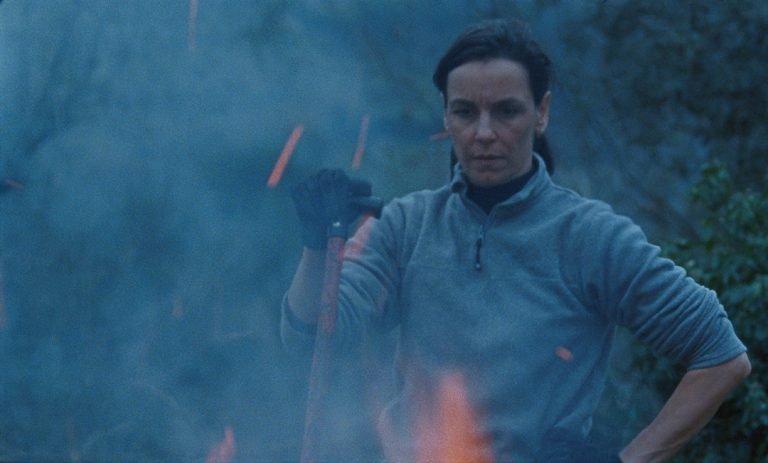
![The Power of the Dog [2021] Review : Jane Campion returns to shake up the Western genre in one of the best films of the year](https://79468c92.delivery.rocketcdn.me/wp-content/uploads/2021/12/The-Power-Of-The-Dog_KS_0006-768x428.jpg)
